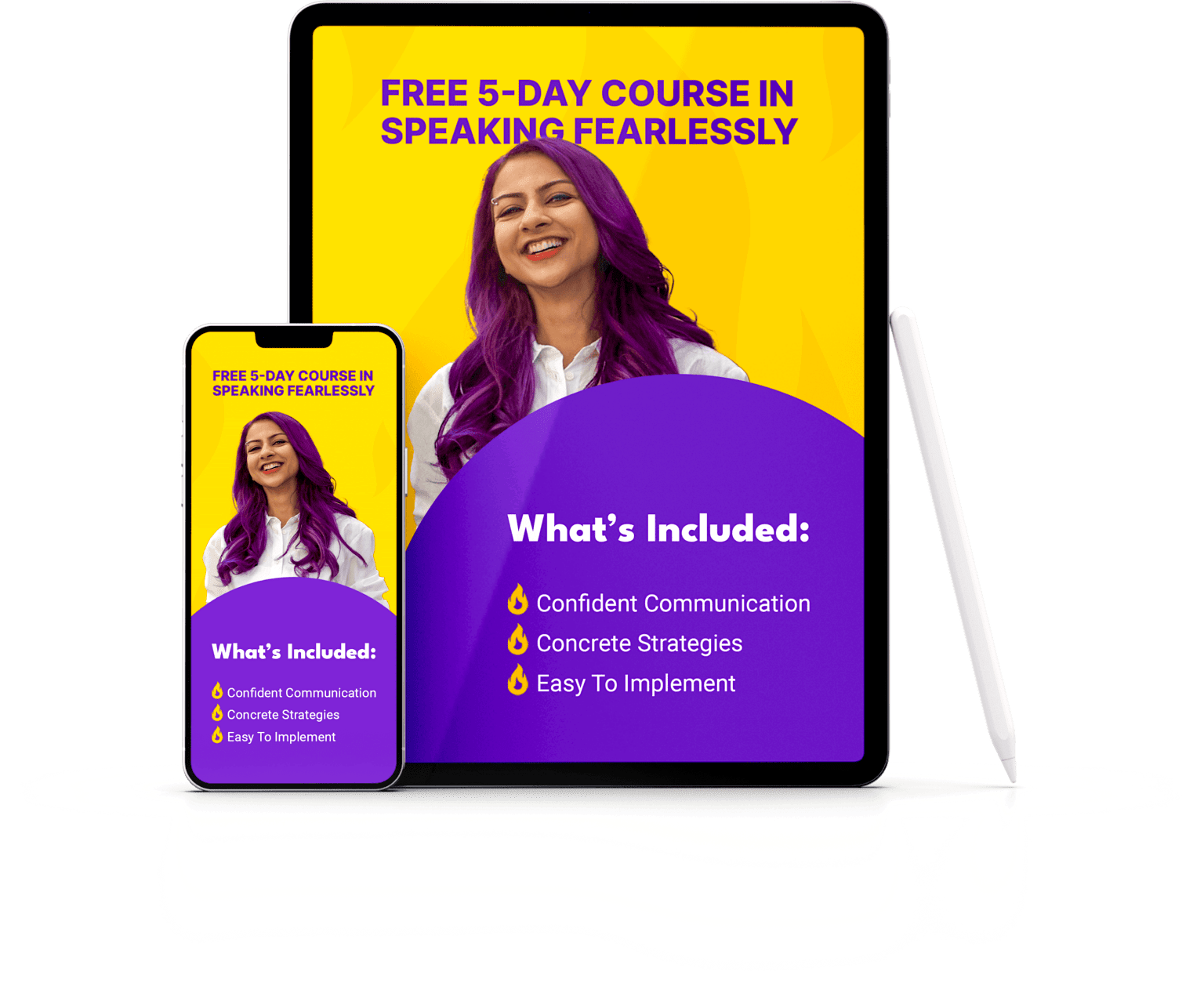Something weird and incredible happened this month.
One of my videos got 17 million views on LinkedIn.
So I went back to analyze it to figure out what worked.
The secret was hidden in plain sight:
I had used a story to demonstrate a concept instead of just explaining it.
You see – we’ve been telling stories since the time we lived in caves.
We would tell stories to warn our tribes of imminent danger.
“A beast attacked me in that forest – don’t go there.”
We would tell stories to share what we knew.
“I saw someone eat it and die – don’t eat it.”
We would tell stories to form bonds.
“I ate this and felt strong – eat it.”
We have trained our brains to listen to stories and remember them – for as long as we’ve been human.
And yet, we forget to tap into this powerful psychological tool to grow our business.
Facts tell, stories sell.
But all stories aren’t created equal.
And all stories don’t work.
Here are 5 secrets to telling powerful stories that build trust and credibility.
1. Replace claims with stories
Instead of just stating that “This method/framework works”, use a story to show that it does.
Example: “I once worked with a VP at a bank who had severe stage fright. She blanked out during a major presentation and ran off the stage. We worked together to help her overcome this – boosting her inner confidence and refining her speaking skills. After 2 months of worn together, she was able to confidently deliver a company-wide presentation”.
2. Start late, end early
Most people don’t know how to start or end their story.
They provide too much context, or they ramble on and their story loses all impact.
Start your story at the brink of the most important part – so that you can get to the action as quickly as possible. And when you’re done, end the story with the results – don’t keep the story going for no reason.
3. Use frameworks
If you look at the example in #1 – I used a specific, simple storytelling framework to tell you the two (true) stories.
It’s called the story CAR framework and is actually the simplest way to tell a story – using Context, Action and Results.
Example:
Context: “I was feeling nervous before my talk at Google”.
Action: “I used a reframing technique to remind myself that the audience isn’t there to judge me, but to learn fro me”.
Result: “I felt much more at ease going into the talk, knowing that all I needed was to share what I knew”.
4. Add details
Adding relevant details to your story makes it easier for us to visualize, believe and remember.
Poor story:
“I was a manager and then I became a trainer. I then became a public speaking coach”
Better story:
“At my first job at a Fortune 50 company, I became one of the youngest communication skills trainers. But it took me 15 years and 2 career changes to come full circle. Now I coach CEOs and founders to speak with confidence”.
Watchout: Don’t add unnecessary details – just enough to bring the story to life.
5. Don’t wing it, plan it
Create a storybank of your best client or project stories.
Share these stories in sales calls to let prospective clients relate to the same challenges that you’ve solved for others.
I’ll leave you with a last secret – people tend to believe stories more easily than “claims”.
So if you want someone to believe that you’re the best at what you do – start telling stories.
My clients have used these secrets to win clients, get promotions and build strong reputations.
What stories do you want to tell?
